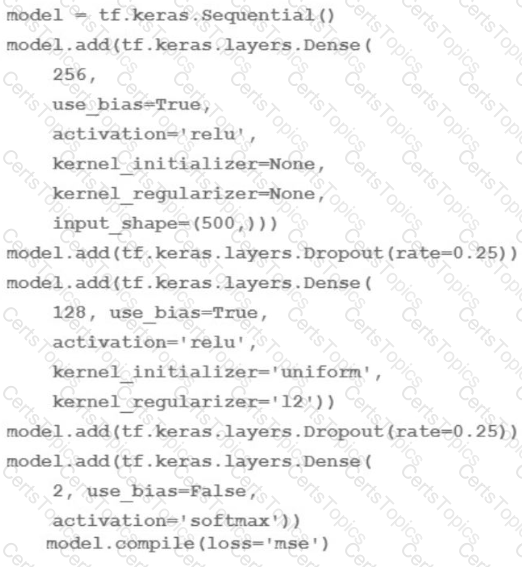Your company stores a large number of audio files of phone calls made to your customer call center in an on-premises database. Each audio file is in wav format and is approximately 5 minutes long. You need to analyze these audio files for customer sentiment. You plan to use the Speech-to-Text API. You want to use the most efficient approach. What should you do?
While performing exploratory data analysis on a dataset, you find that an important categorical feature has 5% null values. You want to minimize the bias that could result from the missing values. How should you handle the missing values?
You recently built the first version of an image segmentation model for a self-driving car. After deploying the model, you observe a decrease in the area under the curve (AUC) metric. When analyzing the video recordings, you also discover that the model fails in highly congested traffic but works as expected when there is less traffic. What is the most likely reason for this result?
You are going to train a DNN regression model with Keras APIs using this code:

How many trainable weights does your model have? (The arithmetic below is correct.)